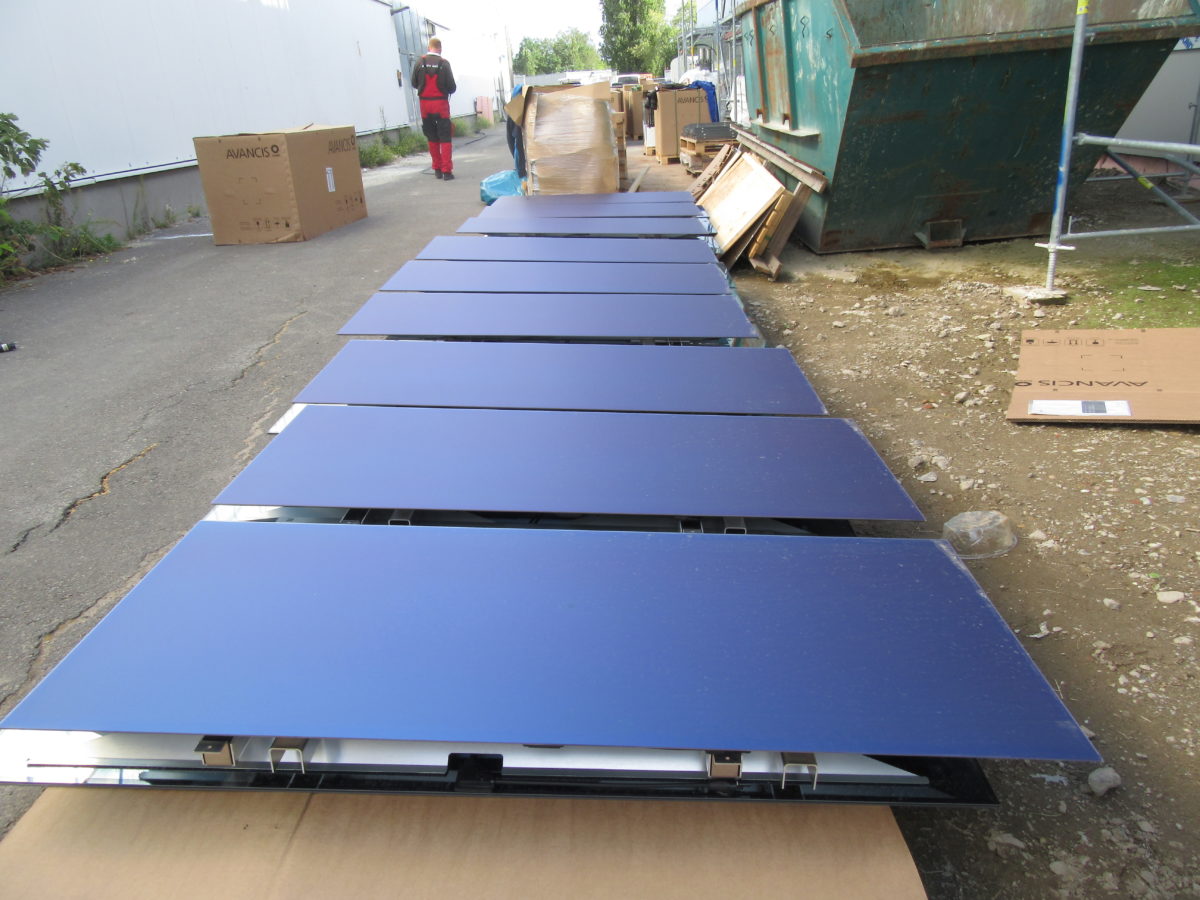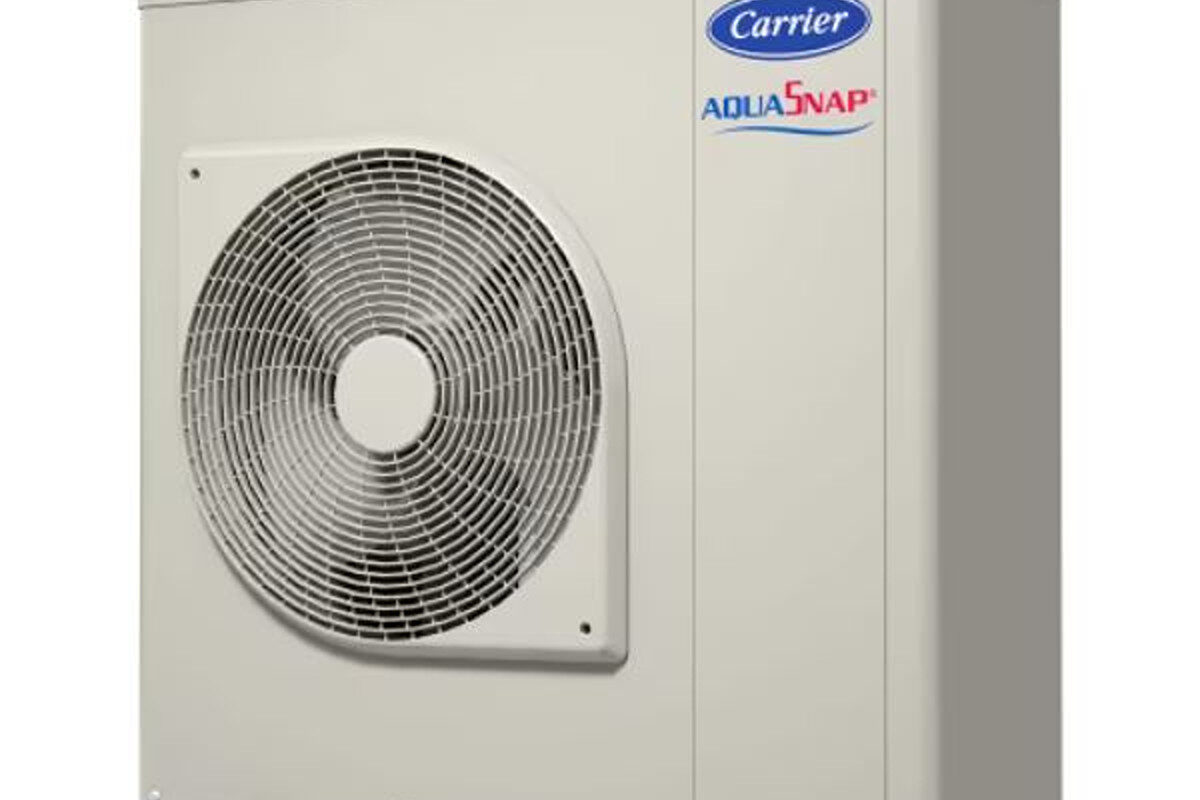German research institute Helmholtz-Zentrum Berlin (HZB) is setting up a building-integrated photovoltaics (BIPV) facade on a new building under construction that will be used as a testing facility for a special kind of copper, indium, gallium and selenium (CIGS) solar modules provided by German manufacturer Avancis.
“The concept of our project is to analyze a building with a complete PV facade system with three facade directions,” Björn Rau, head of the HZB's Consulting Office for Building-Integrated Photovoltaics (BAIP), told pv magazine.
Rau and his team will monitor 360 modules distributed on the facades in 38 strings according to their electrical parameter. The modules are installed in landscape format, with each panel having two horizontal back rails which are glued on the back-side glass, without the need of frames and screws. “On our construction site, the installers mounted two additional vertical rails on these back rails, which also contain two rods,” Rau explained. “These rods are used to hook the modules into a preliminary installed vertical sub construction which was initially mounted on the wall.”
Sensors
Special sensors will also be tested in 45 panels on the building. These are intended to find out over the next few years how real weather conditions, fine dust, rain and pollution affect the module performance. “The sensors are so called one-wire digital thermometers, directly glued on the back side-glass and thermally shielded on the outside,” Rau specified. “In addition to the temperature measurements, we also have flowmeters installed to measure the vertical airspeed behind the modules at different places in the facade.”
He also explained that in addition to a complex weather station, which will be installed on the roof of the building, the team will also monitor the solar irradiation directly in the facade. “Therefore, we placed a couple of tiny irradiation sensors on some edges of modules on all facades,” he added.
“The special feature of the modules is the concealed suspension, which allows a frameless design without additional visible hardware at the edge of the module,” explained HZB project manager Dirk Mielke. “This allows the modules to be ideally combined with the metal curtain wall of the building. Each module has an output of approximately 135 watts. In total, we have an installed peak power of almost 50 kilowatts.”
Potential
According to Rau, BIPV facade solar panels are not a simple PV element anymore, but a building element too, as they fulfill normal and necessary functions in the building skin and, in addition, they generate electricity. In his view, BIPV systems on buildings “activate” existing facades without competing much with alternative applications, such as rooftop arrays. “Especially higher buildings provide much larger areas of facades than of roofs and therefore a higher potential,” he stressed. “Furthermore, integrated solutions are not in competition with agricultural use, recreation or preservation of nature like ground-mounted installations.”
He is also sure that, with an increasing market size, solutions for integrated PV will soon be available for lower costs than today — “especially if companies are able to place standard products on the market with a general building approval and a systemic concept,” Rau affirmed. “Such approaches already exist, but they also need other market drivers. I guess, political measures like specific building regulations for CO2 footprints and nearly zero-energy building (NZEB) will be necessary.”
This content is protected by copyright and may not be reused. If you want to cooperate with us and would like to reuse some of our content, please contact: editors@pv-magazine.com.




1 comment
By submitting this form you agree to pv magazine using your data for the purposes of publishing your comment.
Your personal data will only be disclosed or otherwise transmitted to third parties for the purposes of spam filtering or if this is necessary for technical maintenance of the website. Any other transfer to third parties will not take place unless this is justified on the basis of applicable data protection regulations or if pv magazine is legally obliged to do so.
You may revoke this consent at any time with effect for the future, in which case your personal data will be deleted immediately. Otherwise, your data will be deleted if pv magazine has processed your request or the purpose of data storage is fulfilled.
Further information on data privacy can be found in our Data Protection Policy.